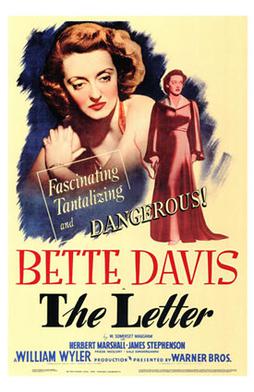 |
| George Brent, Paul Lukas, and Hedy Lamarr in Experiment Perilous |
Cast: Hedy Lamarr, George Brent, Paul Lukas, Albert Dekker, Carl Esmond, Olive Blakeney, George N. Neise, Margaret Wycherly. Screenplay: Warren Duff, based on a novel by Margaret Carpenter. Cinematography: Tony Gaudio. Art direction: Albert S. D'Agostino, Jack Okey. Film editing: Ralph Dawson. Music: Roy Webb.
Cary Grant was the original choice to play the male lead in Experiment Perilous and Gregory Peck was the second. If the role had gone to either of them, the film might be remembered as more than just the other gaslighting movie of 1944, but it has been eclipsed by George Cukor's Gaslight. The part of the psychiatrist Huntington Bailey went to the stolid old reliable George Brent. Dr. Bailey gets caught up in the drama of the Bederaux family when he has a chance encounter on a train with the slightly dotty Clarissa (Cissie) Bederaux (Olive Blakeney), who tells him she's writing the biography of her brother Nick (Paul Lukas), who has a beautiful wife named Allida (Hedy Lamarr). Bailey is intrigued, but not much more, until a mixup in luggage puts him in possession of one of Clarissa's bags. That, and the enthusiasm of his artist friends Clag (Albert Dekker) and Maitland (Carl Esmond) for Allida's beauty, draws him into the Bederaux circle and arouses his suspicions that Allida is not the mentally fragile woman that her husband and others say she is. When he learns that Cissie has died of a heart attack, he opens her valise and finds the manuscript of her biography and her diary, confirming his suspicion -- and putting him in jeopardy. This is solid melodrama stuff, and director Jacques Tourneur, who directed the Val Lewton romantic horror movies Cat People (1942) and I Walked With a Zombie (1943), knows just what to do with it. He's hindered a little by an over-complicated screenplay based on a novel by Margaret Carpenter, which necessitates a lot of flashbacks and switches in point of view, so the film doesn't proceed as smoothly as it might. But he maintains the right atmosphere as the plot moves to its resolution, which involves literally lighting gas as well as gaslighting. There's a goopy happy-ending coda to the main story that strikes the wrong note for the film, but Experiment Perilous deserves to be known as more than an also-ran.
























